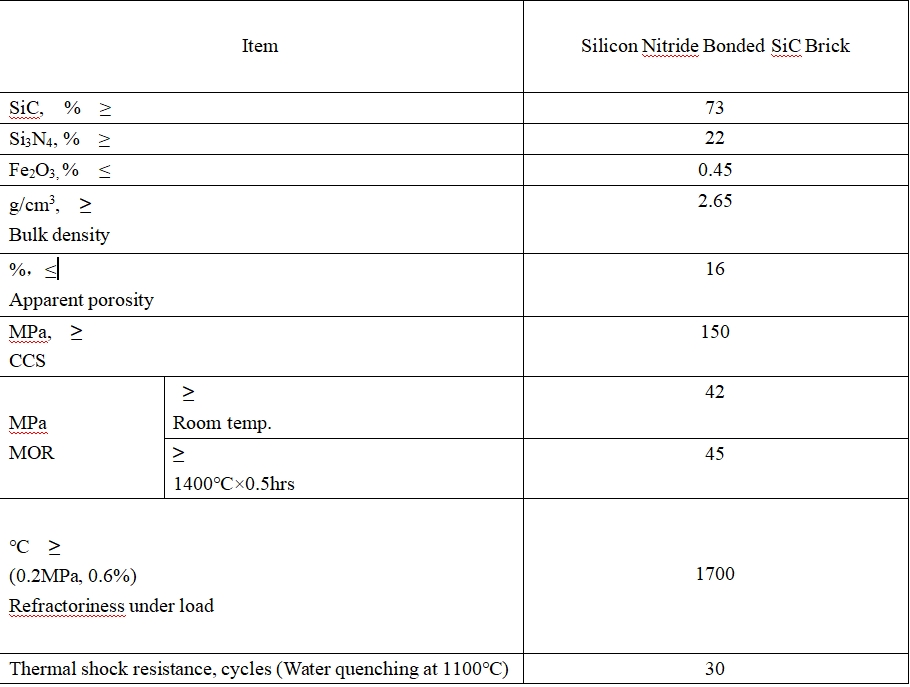.jpg?x-oss-process=image/resize,h_1000,m_lfit/format,webp)
As a critical component in industrial furnaces such as converters and electric arc furnaces, magnesium carbon bricks play a vital role in ensuring the durability and performance of high-temperature environments. This article delves into the key technologies behind the efficient production of magnesium carbon bricks, focusing on raw material selection, resin bonding agents, antioxidant addition, and advanced forming and firing techniques.
The quality of magnesium carbon bricks starts with the careful selection and processing of raw materials. High-purity magnesite (either sintered or fused) and graphite are the core components. According to industry data, using magnesite with a MgO content above 97% significantly enhances thermal shock resistance and slag resistance. Graphite, on the other hand, improves the brick’s conductivity and oxidation resistance.
Proper processing methods, such as precise crushing and grading, ensure uniform particle size distribution. This not only improves the mechanical strength of the final product but also ensures better bonding during the subsequent steps.
Resin bonding agents are essential in the formation of magnesium carbon bricks. Common types include phenolic resins, furan resins, and epoxy resins. Each has its own advantages in terms of thermal stability, adhesion, and curing speed.
| Resin Type | Key Characteristics |
|---|---|
| Phenolic Resin | Good thermal stability, moderate cost |
| Furan Resin | High heat resistance, excellent adhesion |
| Epoxy Resin | Excellent chemical resistance, good flexibility |
Experts from the International Society of Refractories note that the correct application of resin bonding agents can increase the green body density by up to 15%, leading to improved structural integrity after firing.
One of the main challenges in magnesium carbon brick production is their susceptibility to oxidation at high temperatures. To address this, antioxidants such as silicon carbide (SiC), aluminum, and boron compounds are added in precise amounts.
According to a technical report from the European Refractory Association, adding 2-4% SiC can reduce oxidation loss by up to 30%. The timing of antioxidant addition is also crucial—typically introduced during the mixing stage to ensure even distribution and maximum effectiveness.
Modern forming techniques, including isostatic pressing and vacuum extrusion, help achieve consistent density and structure. Temperature control during the firing process is equally important. Optimal firing temperatures range between 1600°C and 1800°C, depending on the composition of the brick.
Studies show that precise temperature-time control can improve the brick's resistance to thermal shock by up to 25%. Additionally, advanced kiln designs, such as tunnel kilns and rotary kilns, ensure uniform heating and minimize defects.
A case study conducted by a leading refractory manufacturer demonstrated that using optimized raw materials and advanced production techniques resulted in a 20% improvement in service life for magnesium carbon bricks used in converter linings. The bricks also showed a 15% reduction in spalling and erosion under harsh conditions.
Industry experts highlight that these improvements are not just theoretical—they translate into real cost savings and operational efficiency for end-users.
.jpg)
Our magnesium carbon bricks are produced using state-of-the-art technology, ensuring superior performance and reliability. With a focus on innovation and quality control, we provide solutions that meet the most demanding industrial applications.
Whether you're looking for enhanced thermal shock resistance, improved oxidation resistance, or longer service life, our products are designed to deliver exceptional value.

We invite you to share your experiences and questions about magnesium carbon bricks. Your insights help us continue improving our products and services.
CTA: Explore Our Product Range and Technical Documents


